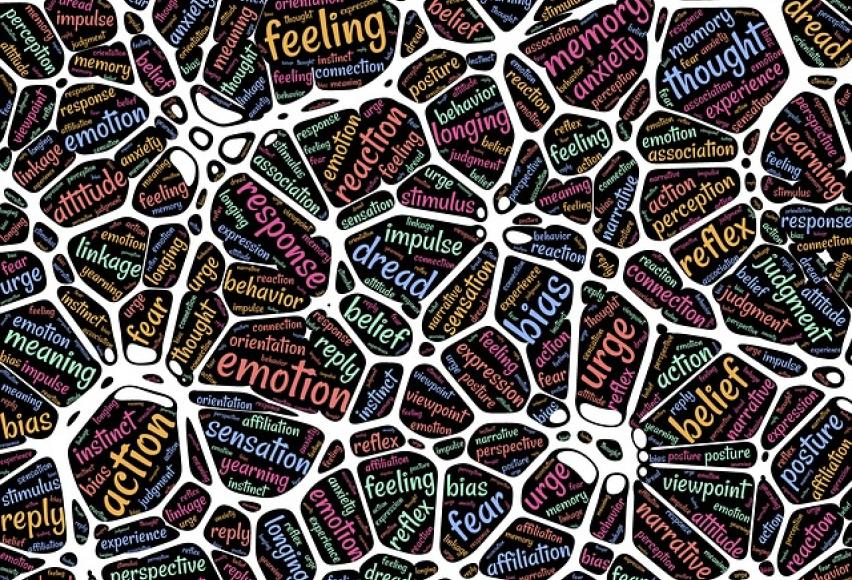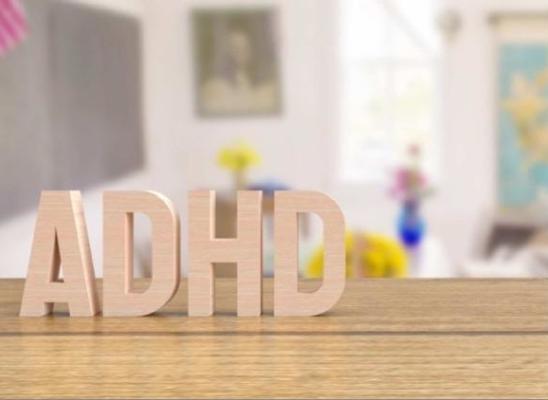Trich and Comorbid Disorders: What We Are Learning

Online test
Find out the severity of your symptoms with this free online test
If there’s one thing we know to be true in mental health, it’s this: what someone presents with isn’t always the complete picture. People often have what are known as comorbid disorders. Comorbid simply means that two or more illnesses or disorders occur simultaneously. These disorders can look very similar, mask, or even exacerbate the symptoms of each other.
Trichotillomania (TTM) is a body-focused repetitive disorder (BFRB) classified as an obsessive compulsive-related disorder in the Diagnostic and Statistical Manual of Mental Disorders (DSM-5). Repetitive hair pulling is the salient feature. Like other mental health disorders, it often co-occurs with other mental health conditions. Some of the most common mental health disorders that can occur with TTM include:
- Depressive Disorders
- Bipolar Mood Disorders
- Anxiety Disorders
- Obsessive-Compulsive Disorder (OCD)
- Schizophrenia
- Borderline Personality Disorder
- Other BFRBs such as skin picking disorder (SPD)
Having TTM along with a comorbid mental health disorder can result in more severe symptoms of TTM including more severe hair pulling, poor control, greater impairment in functioning, and reduced quality of life. Treating the TTM and the other disorders can present challenges. What symptoms should be addressed first? Does the treatment of a co-occurring disorder affect how TTM might be treated?
A new study takes a closer look at TTM and its co-occurrence with three specific disorders: bipolar mood disorder, schizophrenia, and borderline personality disorder. The findings suggest that there are unique dynamics between TTM and each disorder that hold important implications for diagnosis and treatment.
Differential Diagnosis – Sorting the Details
A sound treatment plan begins with a sound diagnosis. A number of disorders can, at first glance, look quite similar. However, they may be treated very differently. For example, a bipolar disorder can sometimes present with depressive symptoms similar to what might be seen in a depressive disorder. While they both have depressive symptoms, they are distinct disorders. Why does this matter?
Accurate diagnosis matters because how disorders are treated, even ones with similar symptoms, differs. A bipolar disorder is often treated with a mood stabilizer. A major depressive episode is often treated with an antidepressant. In the case of TTM, it is generally treated with therapy, most often Habit Reversal Training (HRT) or other cognitive-behavioral therapy.
Misdiagnosis can result in treatment that is ineffective. It is for this reason that clinicians use a process known as differential diagnosis to determine which of two or more disorders with overlapping symptoms a person has. Part of the process is also determining whether there are actually distinct disorders or whether symptoms are the result of another medical or mental health disorder. The differential diagnosis process allows for a more accurate assessment and diagnosis which guides treatment.
The findings of the study underscore the need for an accurate diagnosis not only of the TTM, but also the co-occurring disorder. Using three case studies of people with hair pulling and one of three distinct co-occurring disorders, researchers found that treatment of the co-occurring disorder had significant impact on TTM symptoms.
TTM and Schizophrenia
One of the diagnostic issues that have arisen with TTM and schizophrenia has been the question of whether the hair pulling occurs independently or whether it is secondary to the psychotic symptoms. The difference matters.
Schizophrenia is a mental health disorder characterized by symptoms that can include:
- Hallucinations - hearing or seeing things that are not there
- Delusions – beliefs that are not based in reality
- Disorganized speech – difficulty with communication
- Disorganized behavior – unpredictable or inappropriate behaviors, responses, or movements
- Poor functioning – sometimes referred to as “negative symptoms” and can include things like poor hygiene, lack of interest, poor eye contact, diminished emotional expression
In the case study presented, the person presented with both schizophrenia and TTM. The hair-pulling was found to be unrelated to psychotic symptoms and continued to occur even when psychotic symptoms were stable. Treatment with antipsychotic medication reduced psychotic symptoms but did not reduce hair pulling behavior. However, when an antidepressant was added, hair-pulling symptoms decreased significantly.
TTM and Borderline Personality Disorder
In the second case study, the subject presented with severe hair pulling and symptoms that included mood lability, depression, and self-harm behaviors. She received diagnoses of TTM and borderline personality disorder with depression.
A personality disorder is an enduring pattern of thinking and behavior that is markedly different from one’s culture. It is pervasive and stable over time, leading to significant distress and impairment in functioning. A borderline personality disorder is characterized by a pervasive pattern of instability in relationships, self-image, and emotions, along with marked impulsivity.
Borderline personality disorder is most often treated with a combination of medication and therapy. During treatment, the subject was given medications that included a mood stabilizer and an antidepressant. Her depressive and hair-pulling symptoms improved. She also engaged in schema-focused therapy which has also been mentioned as a possible approach for treating hair pulling.
TTM and Bipolar Mood Disorder
In the third case, the subject presented with depressive symptoms and a recent onset of hair pulling. She also reported a history of manic and depressive episodes but without hair pulling. Previously diagnosed with depression, she was reassessed and given a diagnosis of bipolar mood disorder and TTM.
Bipolar mood disorder is a mood disturbance characterized by distinct episodes of elevated or expansive mood (mania) and major depressive episodes. It is most often treated with a combination of medication (e.g., mood stabilizer) and therapy.
This subject was treated with a mood stabilizer only. Her mood improved as did her hair-pulling behavior.
The Takeaway
This study highlights the importance of an accurate diagnosis when the possibility of co-occurring disorders is present. All three cases met the criteria for TTM, and symptoms were found to be independent of their co-occurring disorders.
These findings also suggest new ways of thinking about treatment for TTM and other BFRBs. Historically, TTM is treated with therapeutic modalities such as HRT or CBT and this remains the standard. In each of the case studies presented, symptoms of TTM improved with the addition of a medication that addressed the mood disturbance associated with the comorbid disorder.
The researchers note that depressive symptoms in people with TTM affect the quality of life (QOL). While HRT is the preferred treatment for TTM, they suggest that symptom improvement contributed to QOL as symptoms improved.
Treating comorbid conditions seems to have a positive, synergistic effect on TTM symptoms and may be particularly helpful when HRT is not possible. While more research is needed, this research highlights the benefits of a targeted, individualized approach when treating TTM and modifying treatment when a comorbid disorder is present.
References
1. Houghton, D. C., Maas, J., Twohig, M. P., Saunders, S. M., Compton, S. N., Neal-Barnett, A. M., … Woods, D. W. (2016). Comorbidity and quality of life in adults with hair pulling disorder. Psychiatry Research, 239, 12-19. doi: 10.1016/j.psychres.2016.02.063
2. Modi, N., Chaudhary, P., Mehta, R., & Dave, K. (2021). Case series of trichotillomania presenting with three different DSM entities. Neuropsychiatria i Neuropsychologia, 16(3-4), 196-199.
3. APA dictionary of psychology. (n.d.). Retrieved from https://dictionary.apa.org/differential-diagnosis
4. American Psychiatric Association. (2013). Diagnostic and statistical manual of mental disorders (5th ed.). Washington, DC: Author. https://dsm.psychiatryonline.org/doi/book/10.1176/appi.books.9780890425596
5. Solomon,S. & Singaravelu,R.(2015).Auditory Hallucinations with an Unusual Content,J Clin of Diagn Res. 9(5), VD06-VD07. https://www.jcdr.net/article_fulltext.asp?id=5901
Online test
Find out the severity of your symptoms with this free online test
Start your journey with TrichStop
Take control of your life and find freedom from hair pulling through professional therapy and evidence-based behavioral techniques.
Start Now



